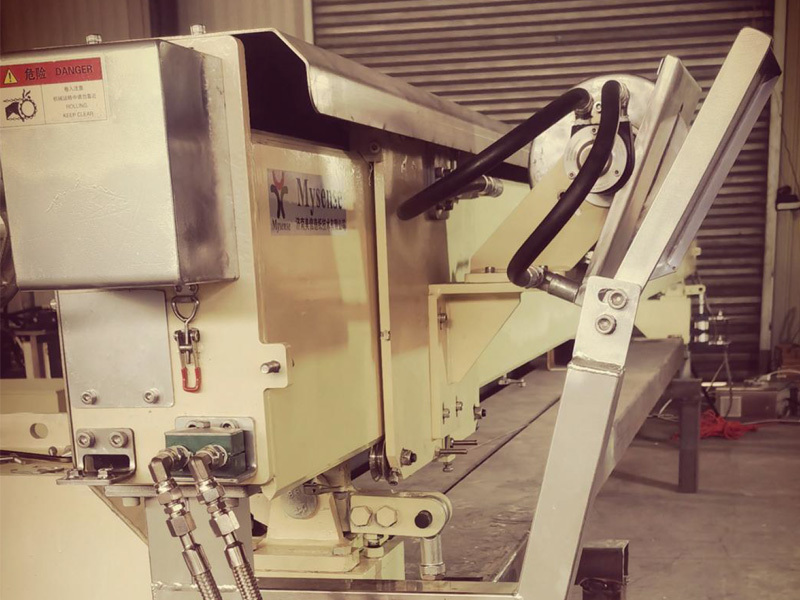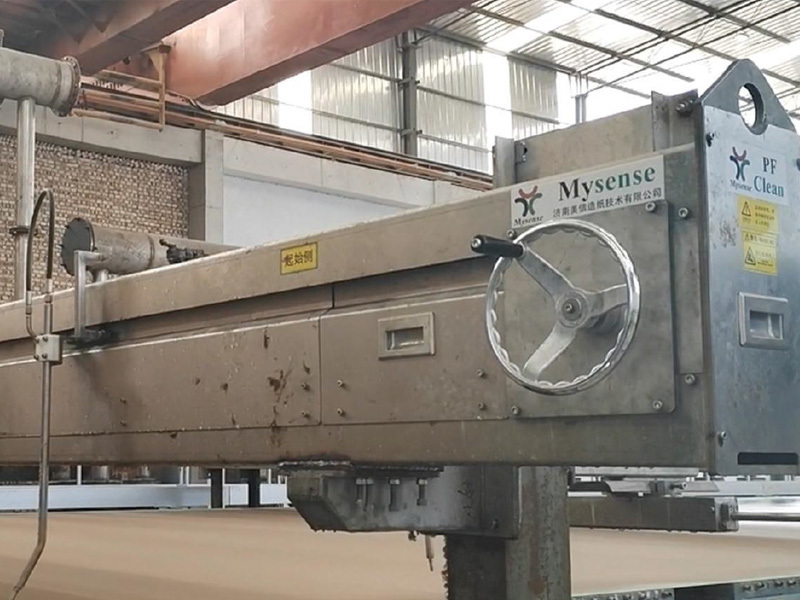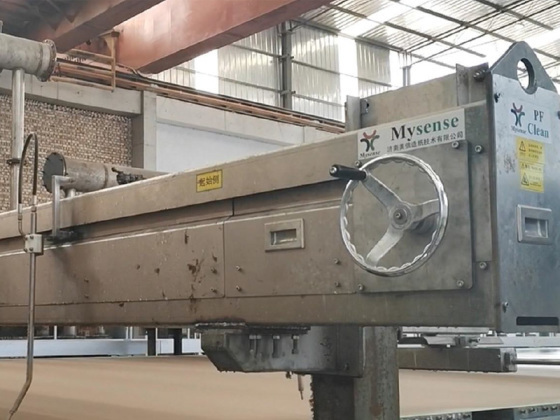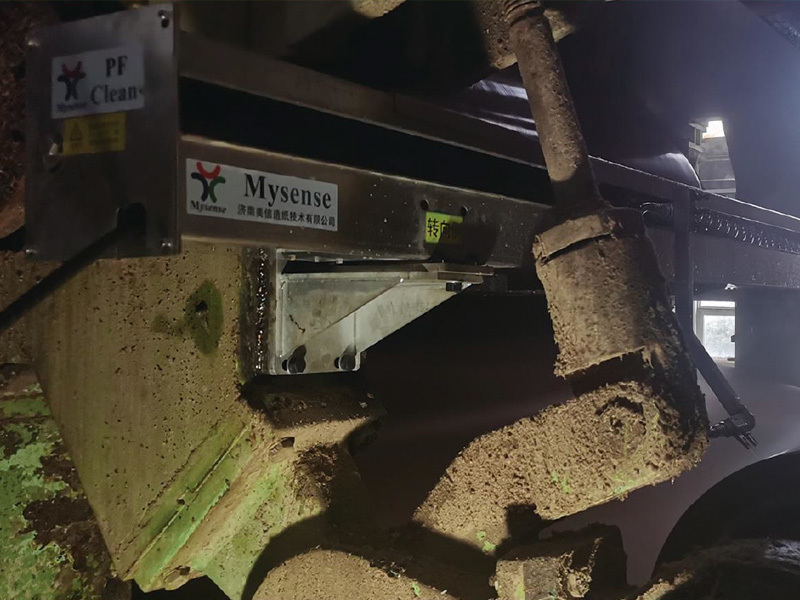Precision in Motion: The Transformative Role of Automated Tail Cutters in Modern Production
Published on:
2025-10-23 09:10
Precision in Motion: The Transformative Role of Automated Tail Cutters in Modern Production
Table of Contents
- 1. Introduction to Automated Tail Cutters
- 2. Understanding the Importance of Precision in Manufacturing
- 3. How Automated Tail Cutters Work
- 4. Benefits of Automated Tail Cutters in Production
- 5. Impact on Efficiency and Productivity
- 6. Design Considerations for Automated Tail Cutters
- 7. Future Trends in Automated Cutting Solutions
- 8. Frequently Asked Questions about Automated Tail Cutters
- 9. Conclusion
1. Introduction to Automated Tail Cutters
In today’s fast-paced industrial environment, the **demand for precision and efficiency** has never been greater. **Automated tail cutters** have emerged as a revolutionary tool that enhances manufacturing capabilities. These sophisticated machines are designed to perform precise cuts with minimal human intervention, ensuring that production lines operate smoothly and efficiently. Understanding their functionality and benefits can offer valuable insights into their role in modern manufacturing.
2. Understanding the Importance of Precision in Manufacturing
Precision in manufacturing is not just a desirable trait; it is a **critical factor** that influences product quality, production costs, and customer satisfaction. In industries ranging from automotive to aerospace, the quality of components hinges on the **accuracy of the cutting tools** used. Automated tail cutters contribute significantly to maintaining this precision by delivering consistent results, reducing waste, and minimizing errors.
The Role of Precision in Quality Control
**Quality control** is a pivotal aspect of any manufacturing process. Automated tail cutters allow for stringent quality checks by ensuring that each cut meets the required specifications. This reliability not only assures product integrity but also establishes a competitive edge in the market.
3. How Automated Tail Cutters Work
Automated tail cutters utilize advanced technology to execute cuts with unparalleled precision. Equipped with **high-speed motors** and **smart sensors**, these machines can adjust to varying material properties and thicknesses on-the-fly.
Components of Automated Tail Cutters
1. **Cutting Head**: The cutting head houses the blade and is responsible for executing the cuts. The design of the blade varies depending on the material being cut.
2. **Control System**: A sophisticated control system allows for programmable settings and real-time adjustments, enhancing flexibility and precision.
3. **Sensors**: Integrated sensors monitor the cutting process, providing feedback to ensure consistent quality.
Automation Technologies in Cutting
The use of **robotics and machine learning** enhances the capabilities of automated tail cutters. These technologies allow for predictive maintenance, reducing downtime and improving overall efficiency.
4. Benefits of Automated Tail Cutters in Production
The adoption of automated tail cutters presents numerous benefits for manufacturers. These advantages range from increased efficiency to reduced operational costs.
Enhanced Efficiency
Automated tail cutters dramatically improve production line efficiency. By minimizing manual labor, these machines can operate continuously, leading to **higher output rates**.
Cost Savings
Reducing the need for manual intervention not only lowers labor costs but also decreases the likelihood of human error. This translates into fewer defects, reduced material waste, and ultimately, cost savings for manufacturers.
Improved Product Quality
With enhanced precision, automated tail cutters ensure that each component meets the strictest quality standards. This reliability fosters trust with customers and enhances brand reputation.
5. Impact on Efficiency and Productivity
The impact of automated tail cutters on production efficiency and productivity is profound. Companies that integrate these tools into their operations often witness a substantial boost in both metrics.
Streamlining Production Processes
By automating cutting processes, manufacturers can streamline their workflows. This optimization reduces bottlenecks, allowing for smoother transitions between production stages.
Maximizing Output
With the ability to operate 24/7, automated tail cutters can maximize output, ensuring that production goals are consistently met or exceeded. This capability is particularly advantageous in industries with high demand.
6. Design Considerations for Automated Tail Cutters
When designing automated tail cutters, several critical factors must be considered to ensure optimal performance.
Material Compatibility
The choice of materials used in the construction of the tail cutter is paramount. Certain materials may perform better with specific cutting actions or in particular environments.
Customization and Versatility
Designing a tail cutter that can handle a variety of tasks is essential for manufacturers aiming for versatility. Customizable features allow companies to adapt the cutter to different applications without significant downtime.
7. Future Trends in Automated Cutting Solutions
As technology continues to evolve, the future of automated cutting solutions looks promising. Emerging trends are set to revolutionize the industry further.
Integration of AI and Machine Learning
The incorporation of **artificial intelligence** and **machine learning** into automated tail cutters will enable smarter operations. These technologies can analyze production data, predict maintenance needs, and optimize cutting processes in real-time.
Focus on Sustainability
Sustainability is becoming increasingly important in manufacturing. Future designs of automated tail cutters will likely prioritize energy efficiency and waste reduction, aligning with global sustainability goals.
8. Frequently Asked Questions about Automated Tail Cutters
What industries benefit most from automated tail cutters?
Automated tail cutters are particularly beneficial in the automotive, aerospace, and manufacturing sectors, where precision and efficiency are paramount.
How do automated tail cutters compare to traditional cutting methods?
Automated tail cutters offer greater precision, consistency, and speed compared to traditional manual cutting methods, significantly reducing the chances of errors.
Are automated tail cutters customizable for different materials?
Yes, many automated tail cutters are designed to be versatile and can be customized to handle a variety of materials and cutting processes.
What is the average lifespan of an automated tail cutter?
The lifespan of an automated tail cutter can vary based on usage and maintenance but generally ranges from 5 to 10 years with proper care.
How can manufacturers ensure the precision of automated tail cutters?
Regular maintenance, calibration, and the use of high-quality materials are essential for maintaining the precision and performance of automated tail cutters.
9. Conclusion
The impact of automated tail cutters on modern production cannot be overstated. By improving precision, enhancing efficiency, and ensuring superior product quality, these machines are transforming the manufacturing landscape. As technology continues to advance, the role of automated tail cutters will only grow, paving the way for innovations that drive productivity and sustainability in the industry. Embracing these tools is not just a step forward; it’s a leap into the future of manufacturing excellence.
Previous Article
Previous Article
Latest News







